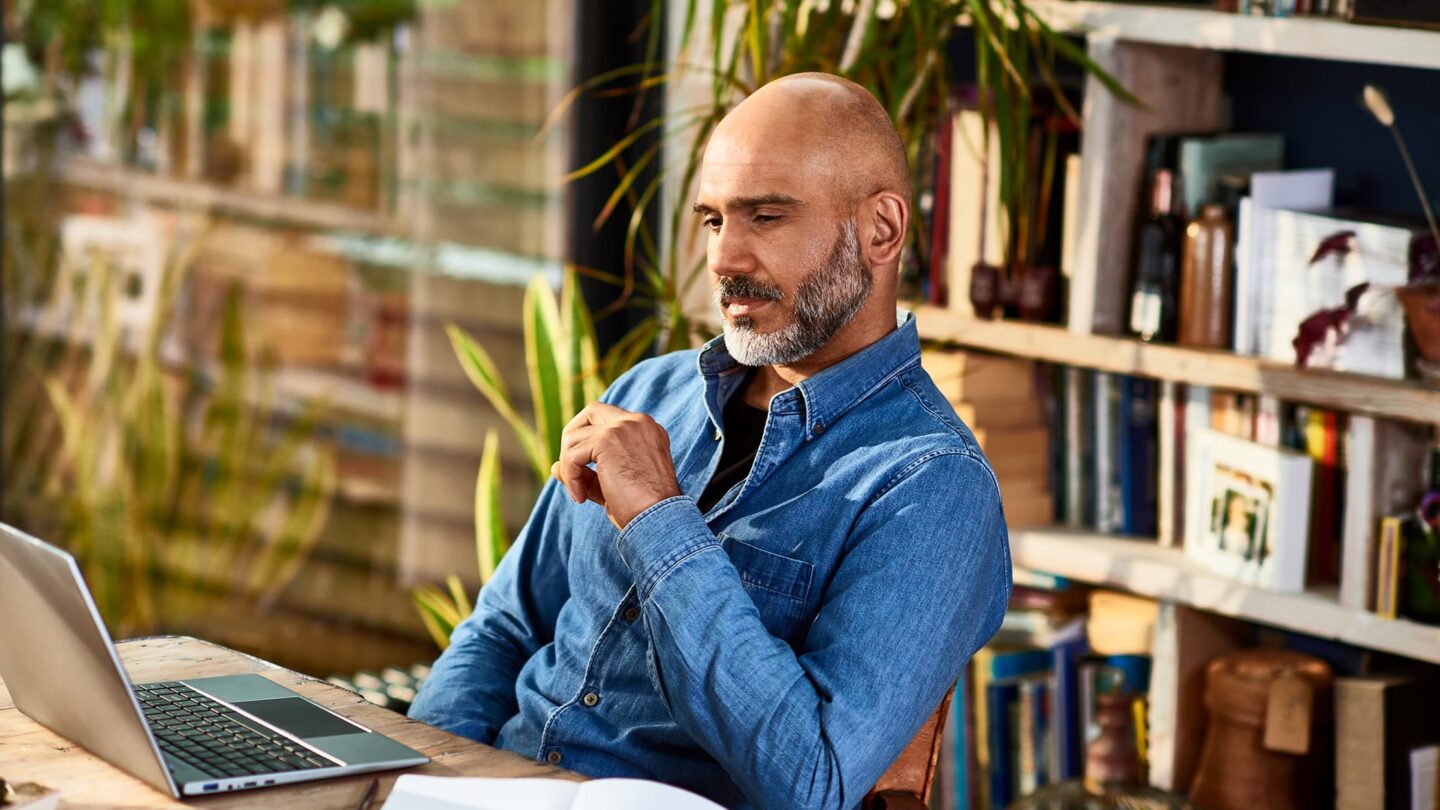Money Matters
Tax return advice: 7 tips to get your Self Assessment tax return right
Jonathan Wingfield, director at Wingfield Accountancy Services, shares advice to help you file your Self Assessment tax return on time.

Filing your tax return is one of the many important tasks you have to carry out as a self-employed business owner.
If you’re submitting it via the paper SA100 form, the deadline is 31 October 2023.
Opting to do it online? Then you’ve got more time – that deadline is 31 January 2024.
To help you get this done on time, and so you avoid a penalty, Jonathan Wingfield from Wingfield Accountancy Services shares seven pieces of tax return advice for self-employed business owners.
Here’s what the article covers:
- 1. Get into good habits early on
- 2. Carry out a monthly reconciliation
- 3. Complete your tax return as soon as you can
- 4. Don’t be late
- 5. Claim all expenses to which you’re entitled
- 6. Avoid mistakes and inaccuracies
- 7. Get an accountant to do it for you
- Final thoughts on completing your tax return
1. Get into good habits early on
As soon as you start your business, keep accurate, up-to-date records of your income and expenditure as you move through the year.
Using accounting software to automate your record keeping can make life much easier, especially when it’s time to complete your Self Assessment tax return.
2. Carry out a monthly reconciliation
Compare your income and expenditure with business bank statements to ensure your records are correct. In other words, make sure your bank balance as per your records tallies with the actual bank statement.
This will ensure any errors are easily and quickly identified and you can be sure at year-end all the figures you send to HMRC are correct and complete.
3. Complete your tax return as soon as you can
If you realise you are missing some information that is needed to complete your Self Assessment tax return, you’ll be able to save the work you’ve done and come back to completing your return online once you’ve collected the information you need.
You may also want to get Self Assessment tax help from a qualified professional.
And completing your tax return in good time will also mean you’ll know how much tax you owe early enough to budget for the payment. Note that depending on the level of tax you need to pay, you may also have to make payments on account.
4. Don’t be late with your tax return
Make sure you submit your Self Assessment tax return before the deadline.
Any late submissions are likely to result in an immediate £100 penalty and this increases after three months.
You’re also liable for interest on outstanding sums, so it’s better to pay your Self Assessment tax bill on time.
5. Claim all expenses to which you’re entitled
If you’re using HMRC’s online software to do your Self Assessment, these will have their own declaration section as you move through the form online.
It’s wise to know the expenses you can claim for when you’re self-employed before you start filling in the form, especially if it’s your first time.
6. Avoid mistakes and inaccuracies while filing your Self Assessment tax return
Don’t try to claim expenses to which you are not entitled, whether deliberately or not. The penalties for false claims can be severe, as can failure to declare income (which can lead to prosecution).
Using accurate records that are up to date helps to ensure the accuracy of your Self Assessment tax return and bill. Take your time when inputting figures and double-check them.
If you make a mistake on your return, you normally get 12 months from 31 January after the end of the tax year to correct it (called “an amendment”).
7. Get an accountant to do it for you
I would say that–wouldn’t I? There’s no shame in asking for tax return help. An experienced accountant will make sure things are done correctly, promptly, and with far less hassle for you.
In addition, they’ll ensure you claim for everything you’re entitled to claim, which will help to minimise your tax bill.
Final thoughts on completing your tax return
There’s few things better than the feeling of satisfaction that comes from knowing you’ve taken care of your tax for another year.
Putting in the effort sooner rather than later means you can do more of what you love—growing your business and serving your customers or clients. And, as we explain above, it’s actually not that difficult—especially if you get expert help with Self Assessment tax.
In April 2026, income tax for sole traders becomes even easier because of Making Tax Digital (MTD) for Income Tax Self Assessment (MTD for ITSA).
For sole traders or landlords earning over £50,000 per year from their work or rental property, Making Tax Digital promises to revolutionise how they handle their tax.
In April 2027 the threshold drops to £30,000 and more sole traders or landlords will have to use MTD.
Take a look at our Sage Advice MTD article for more tax return tips and get yourself ready.
Editor’s note: This article was first published in January 2019 and has been updated for relevance.








Ask the author a question or share your advice